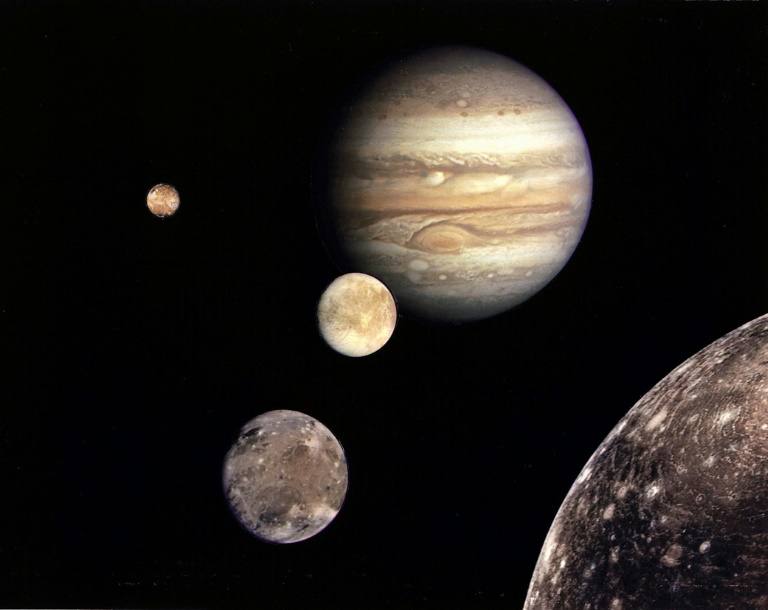* This is a contributed article and this content does not necessarily represent the views of IBTimes.
It is commonly perceived that numerous large companies, particularly tech-savvy ones such as Kodak or Nokia, lack initiative in following new market trends. Researchers frequently cite this characteristic when analyzing market leadership dynamics and posit that this reluctance may lead to them losing their competitive advantages to newer, innovative players.
The notion becomes increasingly stereotypical when applied to traditional and quite conservative industries, such as the art market. The mention of the “art market” typically makes most people’s first impressions include onsite auctions, physical paintings displayed before numerous potential buyers, and the presence of an auctioneer wielding a gavel, among many others.
However, I would like to show you an alternative perspective on the adaptive strategies of traditional leaders in the art market, their evolution, and future approaches. To understand this in more detail, one only needs to observe the recent digital challenges that seemingly threaten the traditional art industry. The ensuing revelations may prove rather surprising.
NFT Boom
Even though NFTs have existed since 2014, their widespread popularity surged, notably in 2021.
Since the beginning of 2021, leading contemporary artists and museums, such as the Uffizi Gallery and the State Hermitage Museum, have started producing NFT art. A notable achievement occurred in the first week of September when the Hermitage conducted an online auction on the Binance cryptocurrency exchange platform, selling five NFTs based on works by renowned artists Leonardo da Vinci, Giorgione, Claude Monet, Vincent Van Gogh, and Vasily Kandinsky for a total of $444,000.
However, the precondition for the NFT boom is often attributed to the sale of an NFT artwork for $69 million at an art auction. This particular artwork, created by Beeple, was auctioned online by Christie’s in March 2021. After the pandemic, Christie’s faced a substantial 25% fall in annual sales in 2020.
Christie’s demonstrated foresight in digital marketing and boldly embraced innovative technologies during the pandemic, positioning themselves to weather the storm. Their pre-pandemic investments in digital marketing, along with their experimentation with high-quality live-streamed auctions and virtual reality product showcases, proved instrumental in navigating uncertainty. Notably, over 90% of their traditional client base transitioned to engaging with them digitally within the past year, highlighting the success of their digital transformation.
But how did Christie’s successfully transition to the digital realm amidst such challenging circumstances? Firstly, they introduced AR/VR and superzoom technologies, along with additional imagery and 360-degree photography, to provide their customers with an exciting experience both in-person and online.
In an interview with ModernRetail, Christie’s acknowledged that bringing traditional auctions to an online platform was the most challenging task for their team. Therefore, Christie’s auction spaces have evolved from simple halls with stages to full-fledged production studios equipped with elaborate trussing, lighting rigs, multiple cameras, and dedicated control rooms. This transformation has necessitated a significant increase in their production team to meet the demands of highly produced live-streamed events.
The Pandemic
The NFT boom and the pandemic are interconnected. The global lockdowns of 2020 necessitated various industries, including art, to create a near-real-world user experience. Consequently, the pandemic turned out to be a cause for digital challenges.
Art enthusiasts have embraced the transition of art auctions to online platforms, particularly as the audience demographic becomes younger and more tech-savvy. Furthermore, most industry leaders had already begun integrating innovative technologies into their business strategies, therefore positioning themselves well to meet the challenges presented by this change.
For example, Patrick Masson, managing director of Bonhams, said that their auction houses had already started active technology adoption six months before the pandemic, which “merely accelerated the process.”
“We knew our clients were eager to participate in auctions; they were browsing the online catalogs and asking for condition reports. So, our technology team put new arrangements in place to support it,” Masson said.
To navigate the uncertainty, Bonhams implemented new bidding formats, allowing people to place bids online, by phone, and remotely in advance. Auctions are conducted via livestream, with all staff members present during the events.
“Our clients were ready to take the leap into the online world, and are comfortable to bid on high-value items they may not have physically seen. They trust the Bonhams brand-and our condition reports to give them the confidence to bid,” Masson said. “In addition to condition reports and buyer trust in auction house’s reputation, enhanced digital photography and 3-D videos have been helpful for buyers to gain comfort with online format.”
Metaverse
The longevity and potential evolution of the metaverse trend are uncertain. However, it is commendable that major players have the resources to remain current. They are not afraid to experiment with their current and potential audiences, take risks, and continually develop their platforms.
Sotheby’s Metaverse stands as an exemplary initiative within the industry. In 2021, they launched the first custom art marketplace. Sotheby’s Metaverse offers buyers ultimate flexibility, allowing them to pay for artworks using a variety of cryptocurrencies or traditional cash (fiat currencies). This launch was further bolstered by the establishment of a dedicated Twitter account and a vibrant Discord community platform, facilitating open communication and engagement.
A diverse array of NFT collectors, including prominent figures like Steve Aoki and Paris Hilton, have contributed works from renowned NFT artists to the auction. These artists include Dmitri Cherniak, Hackatao, Hideki Tsukamoto, 0xDEAFBEEF, Erick SnowFro, XCopy, Bored Ape Yacht Club by Yuga Labs, Larva Labs, Kevin Abosch, WhIsBe, Brendan Dawes, and Serwah Attfuah.
NFT Decline
It is important to acknowledge the determination of big players’ in achieving their goals and their understanding of modern technology and its potential. Consider Sotheby’s, for instance. Despite the market dropping by 2x, they proceeded to launch their custom P2P NFT platform.
Sotheby’s Metaverse facilitates seamless peer-to-peer transactions directly on its platform. Utilizing an integrated sales system, all transactions occur seamlessly on-chain through the Ethereum and Polygon networks. This enables collectors to acquire new NFT pieces using either ETH or MATIC, the native tokens of these respective networks.
Real World Assets or the Future of Art
Considering all factors, what will be the next digital challenge for the big players? We propose that the answer lies in the implementation of real-world assets (RWAs). However, who are the current trendsetters, and are the big players ready to fight? Let’s find out.
RWAs (real-world assets) are physical or intangible assets that exist outside the digital realm. These can encompass a wide range of categories, including:
- Tangible assets include real estate, infrastructure, commodities (such as gold, oil, etc.), precious metals, artwork, collectibles, and machinery.
- Intangible assets include intellectual property (such as patents and copyrights), financial instruments (such as bonds and equities), and even carbon credits.
RWAs have been a massive trend over the last two years. One aspect of this trend is art tokenization, which represents a novel approach to art ownership leveraging blockchain technology.
The big traditional players have yet to initiate similar projects; however, their important resources position them to swiftly bridge the gap with current trend-leading startups in the shortest possible time. Moreover, they have already established platforms ideally suited to expand their audience and increase their profits through this solution. Therefore, from a technological point of view, they are well-prepared and have an understanding of market dynamics and trends. Additionally, in terms of financial capacity, they are superior to any art startup. Regarding business goal-setting, they demonstrate readiness to launch projects even in the event that a market fails.
Therefore, stereotypical notions regarding the readiness of the art market leaders are not applicable; they are prepared for modern digital challenges and exhibit forward-thinking perspectives. The only question is whether they are prepared to change their business model and positioning to reach a broader audience.
10101.art is the leader of the RWA trend in the art industry, being the trendsetters that bigger players hold in high esteem when assessing an entry into this segment. Unlike the traditional sector, 10101.art makes art ownership easy, accessible, and flexible. Conversely, we have taken the best practices from the traditional players. We have our own network of curators and dealers, carefully selecting only the best works by renowned artists. Additionally, we are developing a network of partner galleries where all paintings are stored and admired in real life.
In contrast to the big players, we do not simply use Web 3.0 solutions for experimentation and audience expansion. Instead, we strive to make art accessible to everyone!
10101.art is very likely to become the next challenge for big traditional players. The real question is whether they are as well-prepared for it as they were for the previous ones.







